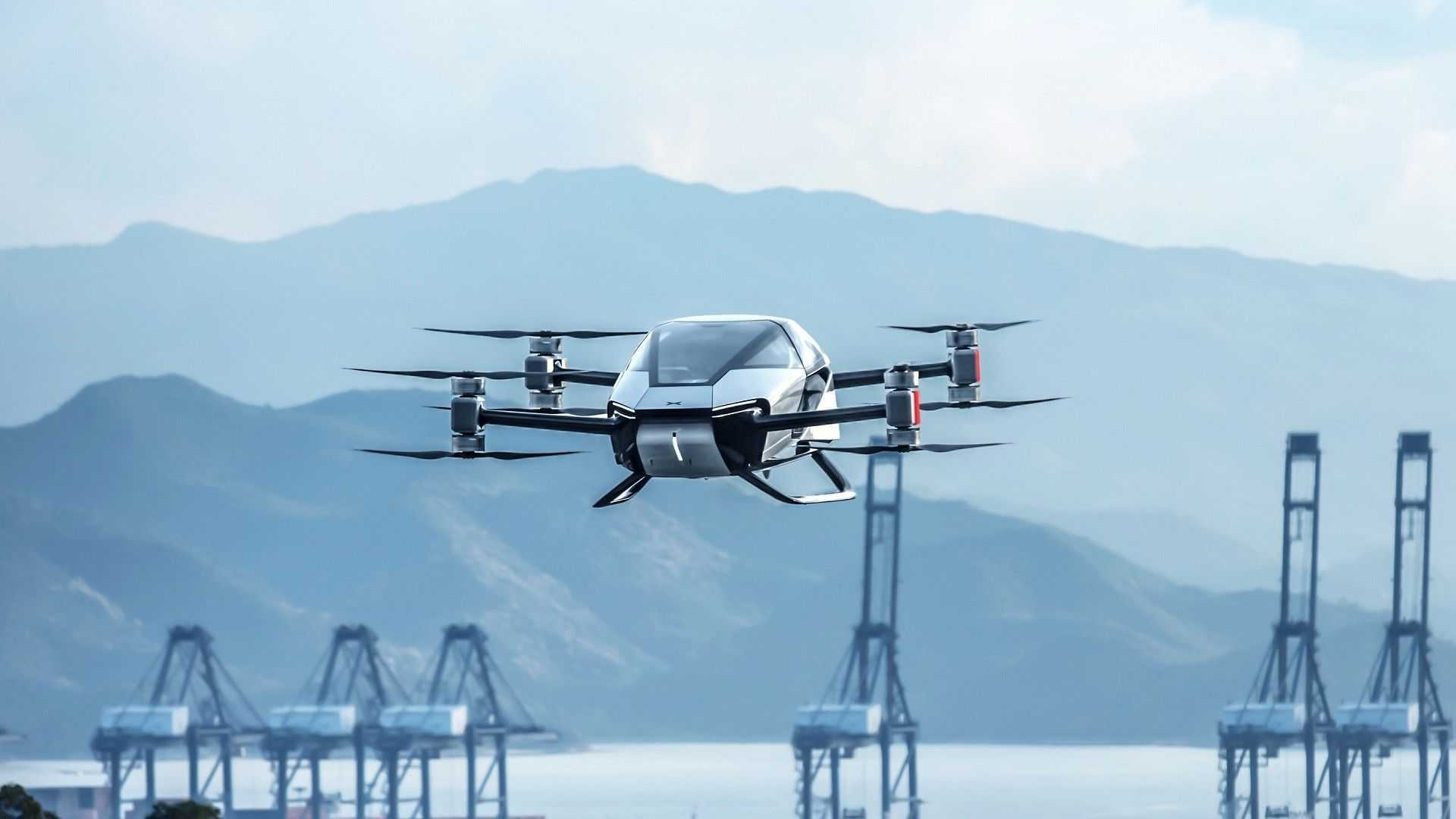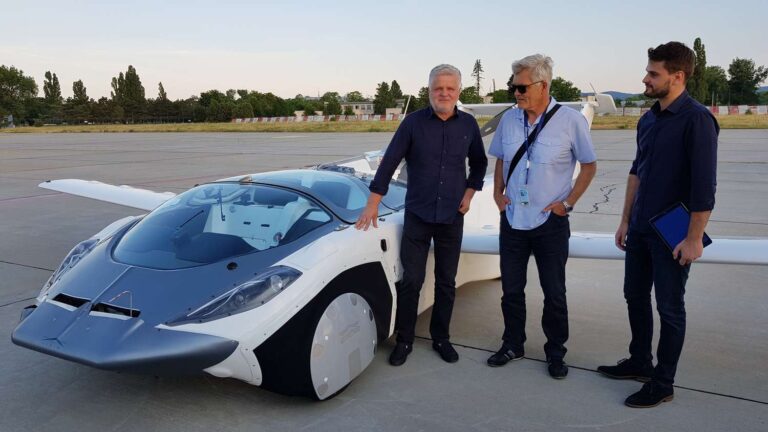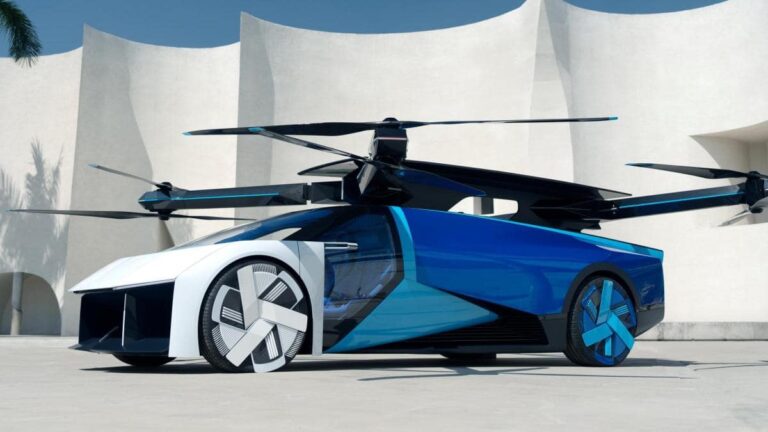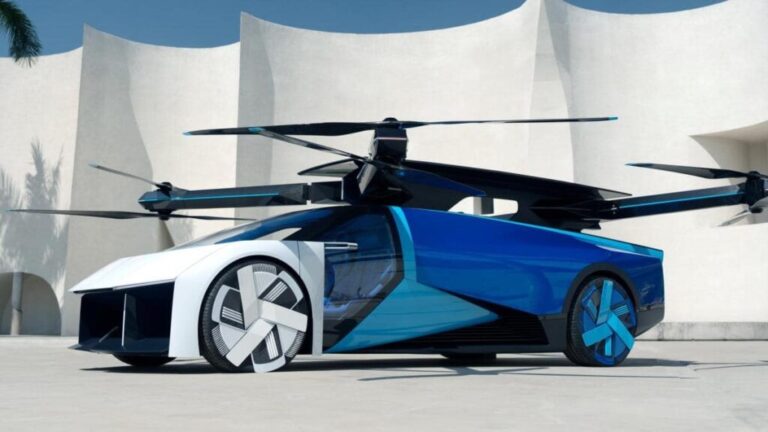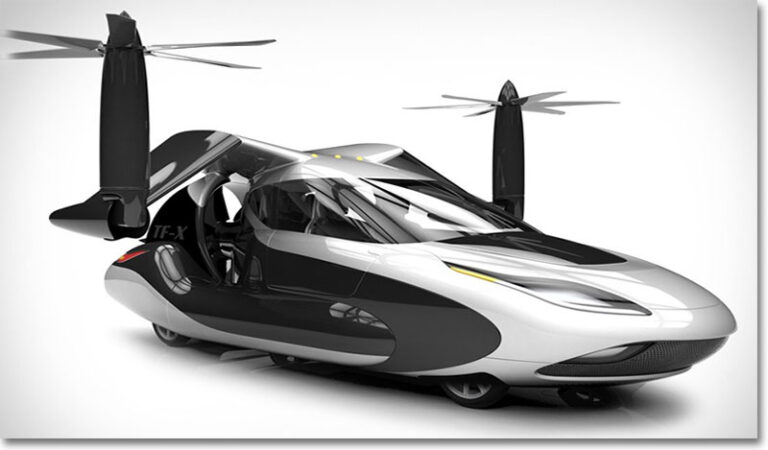How to Navigate Your First Flight in a Flying Car
The concept of flying cars has long been a symbol of futuristic innovation, and today, that future is closer than ever. If you’re among the lucky individuals preparing for your first flight in a flying car, it’s crucial to understand the basics of navigating this new form of personal transport. Here’s a step-by-step guide to help you confidently pilot your flying car on its maiden voyage.
1. Familiarize Yourself with the Flying Car’s Controls
Just like learning to drive a regular car or operate an aircraft, flying a car requires understanding its specific controls. These controls will likely combine elements of traditional car driving with aviation mechanics.
- Joystick and Throttle: Many flying cars are equipped with a joystick or similar device for steering, along with a throttle for altitude control.
- Heads-Up Display (HUD): Your flying car will likely feature a sophisticated HUD that provides real-time information about your surroundings, altitude, and air traffic.
Take the time to read the user manual and attend any training sessions offered by the manufacturer.
2. Understand the Airspace Regulations
Airspace regulations vary significantly from those on the ground, and flying a car means you must follow specific rules to ensure safety. Here are some key points:
- Altitude Limits: Most cities will have specific altitude restrictions for flying cars to avoid collisions with aircraft or buildings.
- Designated Flight Paths: Some areas may have designated routes for flying cars, much like roads for land vehicles. Make sure you’re aware of these paths in your region.
- No-Fly Zones: Be aware of restricted areas, such as near airports, military bases, or government buildings, where flying cars are prohibited.
You should also familiarize yourself with the country’s or region’s aviation authority and obtain any required flying licenses.
3. Plan Your Route in Advance
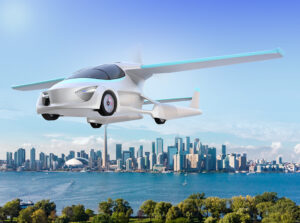
Flying in a car isn’t as simple as picking a point and going straight there. Plan your journey carefully by:
- Mapping out waypoints: Identify safe landing zones along the route in case you need to make an emergency landing or stop.
- Weather conditions: Flying cars are more sensitive to weather than regular cars, so check the forecast for any storms, strong winds, or turbulence.
- Traffic in the Sky: The growing popularity of flying cars means more traffic in the skies. Use your car’s traffic monitoring systems to avoid collisions.
4. Perform Pre-Flight Checks
Just like pilots perform pre-flight inspections, you should do the same before taking off. Key elements to check include:
- Battery/Fuel Levels: Ensure that you have enough power to complete your journey with a buffer for unexpected situations.
- Control Systems: Test the steering, altitude control, and stabilization systems to make sure everything is functioning properly.
- Emergency Systems: Double-check parachutes, airbags, and other emergency features in case something goes wrong mid-flight.
Conducting these checks reduces the risk of in-flight issues and increases your confidence during the journey.
5. Master Takeoff and Landing
Taking off and landing are two of the most critical skills when navigating a flying car. Here’s how to get them right:
- Takeoff: Gently increase the throttle and steer your flying car upward while maintaining balance. Use sensors to monitor your altitude, ensuring you climb steadily.
- Landing: When approaching your landing point, gradually reduce your speed and altitude. Use auto-landing features if your vehicle has them, or follow a safe glide path to touch down smoothly.
Practicing these maneuvers in a controlled environment can boost your skill and reduce stress during actual flights.
6. Rely on Automation for Complex Tasks
Many flying cars come equipped with advanced autopilot and navigation systems. These systems are designed to handle complex tasks such as maintaining altitude, avoiding obstacles, and navigating through air traffic.
- Autopilot: Activate autopilot during long, stable sections of your flight to reduce manual workload.
- Collision Avoidance: Most flying cars have built-in sensors and radar to help you avoid other flying objects. Always keep this system active, especially in congested airspace.
While these systems are highly reliable, it’s important to remain vigilant and ready to take control if necessary.
7. Prepare for Emergencies
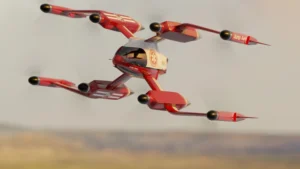
Though flying cars are built with multiple safety systems, you should be prepared for the unexpected. Knowing how to handle emergencies can make all the difference in a critical situation.
- Engine Failure: If your car’s engine or power system fails, engage emergency protocols such as gliding to the nearest safe landing zone.
- Mid-Air Collision: In case of an accident, rely on the vehicle’s airbag systems and prepare for a controlled descent. Most flying cars are designed with robust structural integrity to withstand such events.
Keep emergency contact numbers and a basic first aid kit on board at all times.
8. Utilize Real-Time Communication
Flying cars may operate in a shared airspace, so communication is key to avoiding conflicts. Most vehicles will have communication systems that allow you to:
- Talk to Air Traffic Controllers (ATC): Stay in touch with ground-based controllers who can assist with flight paths, weather conditions, and emergencies.
- Communicate with Other Flyers: In some cases, you may need to coordinate with other flying cars nearby. Use radio communication or digital channels to maintain a safe distance from others.
Stay tuned to the proper communication channels during the flight, especially when flying in busy areas.
9. Understand Battery or Fuel Consumption
Flying cars, whether electric or fuel-powered, have finite energy limits. The energy consumption will depend on various factors like altitude, weight, speed, and weather conditions. Keep an eye on:
- Power Levels: Monitor your battery or fuel consumption throughout the flight, ensuring you have enough for the journey and a safety buffer.
- Range Estimations: Make realistic estimates based on your flying car’s specifications to avoid running out of energy mid-flight.
Landing at a recharging or refueling station en route might be necessary, so plan accordingly.
10. Practice Makes Perfect
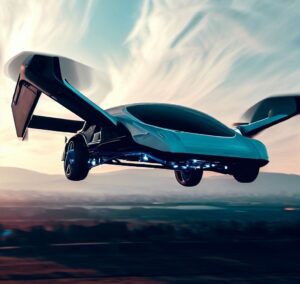
Much like driving a regular car, navigating a flying car becomes easier with practice. Start with short, simple flights, and gradually progress to more complex routes as you become more comfortable with the vehicle’s controls and features.
- Simulators: Many manufacturers offer flying car simulators that allow you to practice different scenarios without risk.
- Training Programs: Some companies provide training courses for new pilots, which can be highly beneficial for mastering the basics and advanced techniques.
Final Thoughts
Navigating your first flight in a flying car can be an exhilarating experience, but it also requires preparation, knowledge, and caution. By familiarizing yourself with the vehicle, understanding the regulations, and practicing the key skills, you’ll be well on your way to confidently flying your car through the skies. Safe travels!

